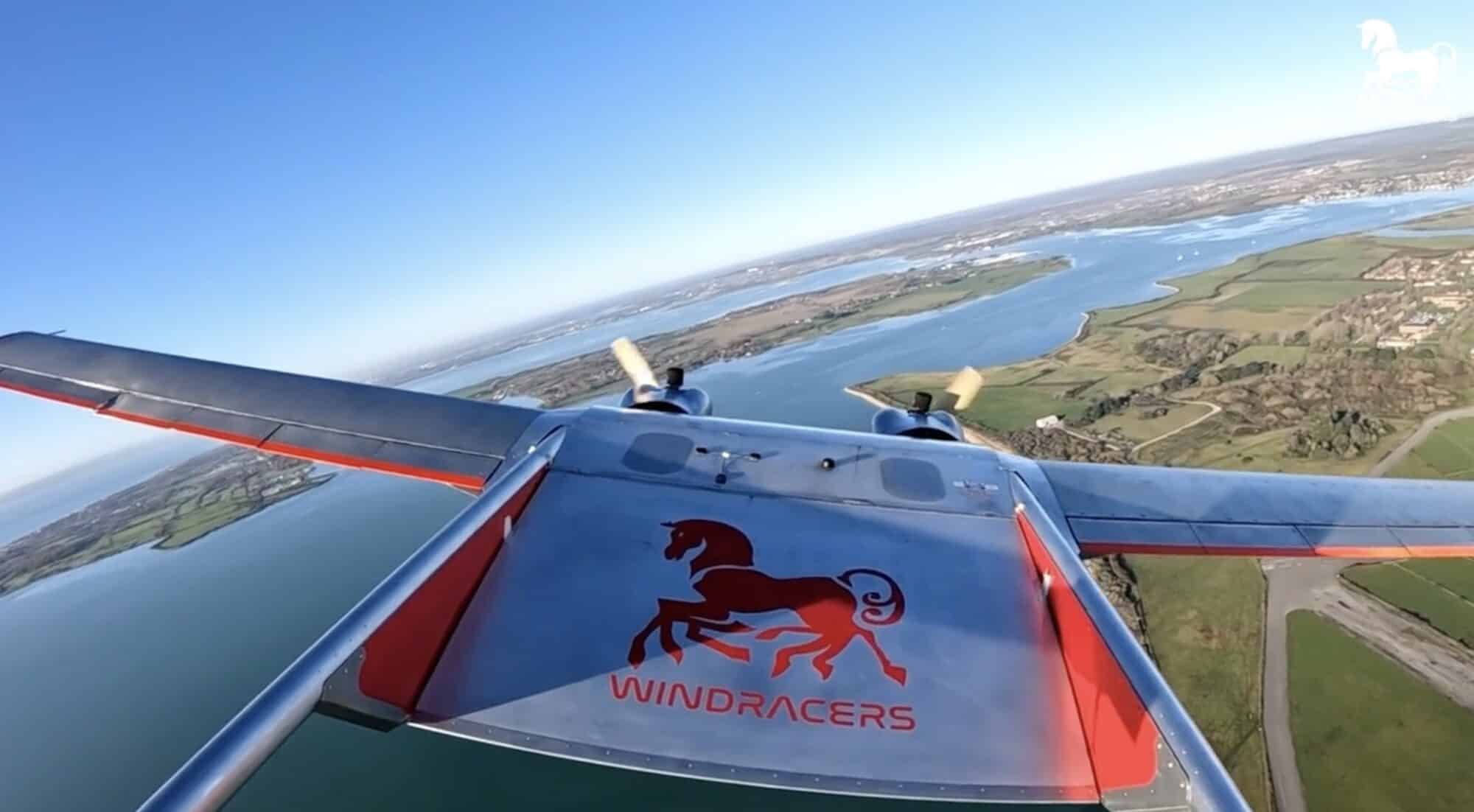Humanitarian Drones Revolutionize Medical Supply Delivery in Remote Africa
In the heart of Africa, where extensive dirt roads and vast landscapes often hinder access to essential medicines, a quiet revolution is occurring above the treetops. Humanitarian drones, once mere conjecture from science fiction, are now revolutionizing medical logistics and transforming healthcare in remote areas forever.
Aviation Sans Frontières and Windracers: A New Era Takes Off
On June 24, 2025, a landmark in humanitarian aid was reached as Aviation Sans Frontières (ASF), a well-known humanitarian aviation charity, announced a key collaboration with Windracers, leaders in autonomous heavy-lift drones. Their mission is to employ advanced drone technology to close the gap in Africa’s most challenging logistical areas, ensuring medical supplies reach isolated communities with unprecedented speed, reliability, and environmental consciousness.
The core of this operation is the Windracers’ ULTRA MK2, an autonomous cargo drone designed to meet Africa’s unique demands. Capable of carrying up to 150 kg (330 pounds) over distances exceeding 1,000 km on a single charge, it embodies the perfect blend of resilience and technological prowess.
Bringing the Pharmacy to the Patient
Imagine a remote village in Malawi or the Democratic Republic of the Congo, typically accessible only after lengthy journeys. Rather than waiting for delayed aid convoys, health workers simply send a request via text message. Within hours, a drone autonomously navigates through jungles, rivers, and savannahs to deliver sterilized vaccines, insulin, blood, or diagnostic kits—sometimes dropping supplies via parachute for precise delivery.
The drones’ ability to maintain a cold chain means that sensitive medications arrive fresh and effective. This was a challenge not long ago, as the race to maintain cold temperatures during transport was a daunting challenge. Now, with the help of insulated containers and rapid delivery, ensuring the potency of life-saving drugs is no longer a luxury but a standard.
Real Impact: True Stories of Drone Deliveries
In Linyangwa, Malawi, drones are not just technology; they represent hope. Residents recall how a newborn named Philip Chunga, who was in respiratory distress, survived thanks to a suction tube delivered by a drone within 20 minutes — a trip that could have taken hours or even days by road. The drone’s sound became synonymous with hope.
In Rwanda, blood deliveries by drone have significantly reduced waste, with a recent study showing a decrease in blood unit expiry. Ghanaian clinics have reported fewer days without essential medications, helping reduce health disparities one flight at a time. Such stories resonate throughout the continent: medicines delivered, lives saved, and trust reinstated in health systems often burdened by logistical challenges.
The Technology: Meet the ULTRA MK2
- Payload: Up to 150 kg, enough to equip a regional clinic for weeks or complete mass vaccination drives.
- Range: Over 1,000 km, sufficiently covering remote areas without the need for frequent recharging.
- Drop Bay: Equipped with three doors for precise parachute deliveries, ensuring safe landing of fragile items.
- Autonomy: Capable of flying beyond visual line of sight, optimizing efficiency and reducing manpower.
- Temperature Control: Advanced cold chain technologies protect pharmaceuticals during the journey.
Previous missions in regions such as Antarctica, the UK, and Ukraine have demonstrated this drone’s reliability, ensuring that Africa’s rugged landscapes pose no barrier.
Going Beyond Delivery: Training and Local Integration
This initiative is not merely about dropping off supplies and flying away. The ASF-Windracers program includes training African technicians and operators, collaborating with governments for regulatory compliance, and integrating operations into community needs. This approach empowers local areas to manage, sustain, and expand drone logistics, turning it into more than just a fleeting act of aid.
Economic and Environmental Benefits
Humanitarian logistics can consume 60-80% of aid budgets. By using solar-powered, electric drones instead of costly manned flights and fuel-dependent convoys, the operations significantly cut costs and lower carbon emissions, delivering aid more sustainably.
A Movement Gaining Momentum
Windracers is part of a larger drone innovation ecosystem in Africa. The United Nations collaborates with companies like ElevonX to deliver vital supplies to remote Tanzanian villages, while Zipline’s networks in Ghana and Rwanda prove that large-scale deployments are both feasible and reliable.
Drones: From Sci-Fi to Healthcare Essential
Once seen as prosaic tools for hobbyists, drones are now entrenched in African healthcare. Stories abound of health workers coordinating supply drops via WhatsApp, villagers naming sky-bound deliveries, and communities viewing them as lifesavers.
Expert Opinions on the Drone Revolution
Stephane Blandino of ASF refers to it as a “potential turning point for humanitarian logistics in Africa—sustainable, scalable, and adaptable to the most remote community’s needs.” Windracers’ founder Stephen Wright emphasizes that the ULTRA drone was designed for delivering much-needed aid to inaccessible locations efficiently and affordably.
The pace of this drone revolution continues to accelerate, with each successful delivery building trust—in technology, healthcare systems, and a more equitable future for Africa’s remote citizens.
Why Humanitarian Drones Matter
- 2 billion people globally lack access to essential medical supplies; drones are bridging that gap.
- What once took days for delivery now takes mere minutes or hours, potentially saving lives.
- Drone deliveries minimize waste and spoilage of temperature-sensitive supplies.
- Eco-friendly electric drones contribute to reducing the carbon footprint of humanitarian logistics.
Guidelines for NGOs or Health Ministries Considering Drone Logistics
- Launch small-scale pilot projects before expanding across regions.
- Invest in training local workers for operations and maintenance jobs, fostering sustainability.
- Coordinate with health systems for efficient delivery straight to healthcare professionals.
- Utilize cold chain technology for essential temperature-sensitive supplies.
- Work closely with aviation authorities to ensure regulatory compliance from the outset.
A Promising Future: Drones Delivering Hope
As drones become a cornerstone of healthcare delivery from rural clinics to bustling cities, Africa leads by example in overcoming traditional accessibility barriers. This is about more than machines and technology—it’s about communities gaining access to timely, life-saving resources from the sky.
So as the sun sets and the gentle rotor sounds fade, the most important cargo in Africa may no longer arrive by truck or ship but via a flying “angel”—delivering medicine, hope, and a healthier future.

For those interested in joining this skyward revolution in humanitarian aid, reaching out can open new chapters in resilience and care.













